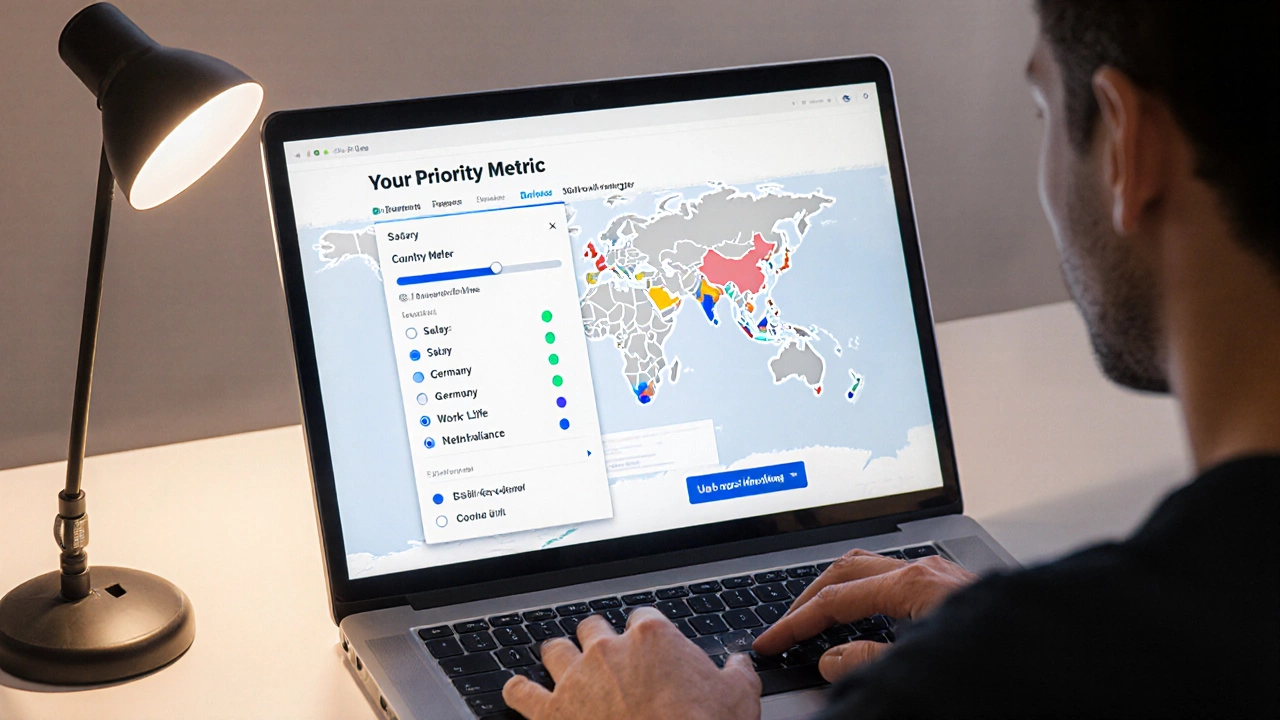Tech Job Demand: Trends, Skills, and Careers
When looking at tech job demand, the growing need for technology professionals across all sectors. Also known as technology employment demand, it shapes hiring patterns, salary levels, and learning priorities. Tech job demand encompasses many roles, from developers to designers, and is driven by several key forces.
Key Drivers of Tech Job Demand
One major force is Full Stack Development, the practice of building both front‑end interfaces and back‑end services. Companies value developers who can handle the whole stack because it cuts costs and speeds up delivery. Another catalyst is AI, artificial intelligence technologies that automate tasks and create new products. AI not only creates new job categories like prompt engineers, but also raises the skill bar for existing roles. UX Design, the discipline focused on user experience and interaction also fuels demand, as businesses realize that good design drives conversion and loyalty. Finally, Remote Work, the ability to work from anywhere with internet access expands the talent pool and lets companies hire globally, further boosting demand for tech talent.
These forces interlink in clear ways. Tech job demand influences salary growth, with full‑stack developers often earning six‑figure packages, while AI specialists see even higher premiums. UX designers benefit from higher budgets as firms invest in customer‑centric products. Remote work adds a geographic premium for regions with high cost of living, but also balances it with talent from lower‑cost areas. Together, these dynamics mean the market stays hot and competitive.
From a practical viewpoint, the current job market rewards specific skill sets. For full‑stack roles, mastery of JavaScript frameworks (React, Node.js), cloud platforms (AWS, Azure), and containerization (Docker) is essential. AI‑related positions look for experience with machine‑learning libraries (TensorFlow, PyTorch) and data‑engineering pipelines. UX designers need a solid grasp of user research methods, prototyping tools (Figma, Sketch), and accessibility standards. Remote developers benefit from strong communication tools, version‑control workflows, and self‑management habits. Understanding these skill clusters helps you align your learning path with where demand is strongest.
Geography still matters, but the gap is narrowing. Cities like Bangalore, Austin, and Berlin remain hubs, yet remote talent from Eastern Europe, Latin America, and Southeast Asia is increasingly competitive. Companies now post salary bands that reflect both technical depth and the flexibility of remote arrangements. This shift also opens opportunities for freelancers, who can negotiate rates based on project complexity rather than location.
Looking ahead, the next few years will likely see a deeper blend of AI and full‑stack work, as more products embed intelligent features directly into the user interface. UX design will lean further into voice and AR/VR experiences, demanding new research methods. Remote work policies will become standard, with many firms offering hybrid models that balance collaboration and flexibility. Keeping an eye on these trends lets you anticipate which certifications, courses, or project experiences will keep you relevant.
Below you’ll find a curated collection of articles that dive into each of these topics. Whether you’re weighing a career switch, negotiating a raise, or just curious about which skills to pick up next, the posts ahead give concrete advice, real‑world data, and actionable steps to navigate the ever‑evolving tech job market.
Top Countries for Full-Stack Developers in 2025
- Jaxon Millwater
- Tech Careers
- 0 comment
Explore salaries, demand, visa ease, cost of living, and work‑life balance to find the best country for full‑stack developers in 2025.
VIEW MORECategories
- Responsive Web Design (14)
- Tech Careers (13)
- UX UI Design (12)
- PHP Development (11)
- Web Development Courses (11)
- SEO for Web Developers (11)
- JavaScript (9)
- Ecommerce Websites (9)
- Web Development Frameworks (8)
- Full Stack Development (8)
Popular posts
-
Best Language for Responsive Web Design: HTML, CSS or JavaScript?
Jaxon Millwater -
How Much Do Web Developers Make Without a Degree?
Jaxon Millwater -
Can I Become a Full Stack Developer in 6 Months?
Jaxon Millwater -
Comparing SEO: Wix vs. WordPress for Web Developers
Jaxon Millwater -
What Is UX UI Design? A Clear Guide to User Experience & Interface
Jaxon Millwater
